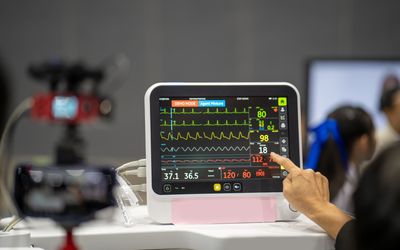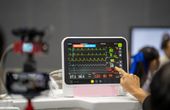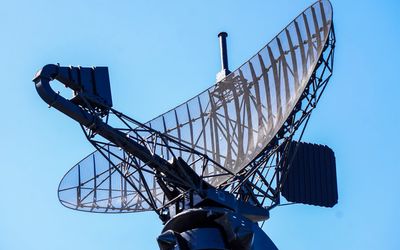Azoteq IQS231BEV02-S Evaluation Kit
A low-power development kit for proximity sensing and inanimate object detection.
Technical Specifications
| Product Category | Touch Sensor Development Tools |
| Interface | I2C |
| Type | Capacitive Touch, Proximity Sensor |
| Intended for Use With | SAR Applications |
| Input Voltage | 1.8 to 3.6 Volts |
Overview
The Azoteq IQS23BEV02-S evaluation kit is designed for developers to evaluate the performance of user proximity devices and applications. The kit features several integrated circuits, three stamp modules, and a shield board for seamless evaluation tasks that involve systems based on the IQS231B devices. The board allows for easy integration with a PC via an I2C interface, which means developers can work with an intuitive GUI to select threshold inputs. With a powerful ProxSense IC, the board provides various proximity detection and distinction of inanimate objects and humans.
Multifunctional Design with Versatile Configuration Options
The development and evaluation board uses an I2C communication protocol to interface with a PC. It allows the developers to configure the device and test its applications through GUI. Ultimately, it can reduce development time for quick evaluation and testing applications.
Besides the GUI, the board can also work in a standalone mode. The mode can be selected through the one-time programmable bits. There are two multifunctional IO pins, each having a dedicated functionality.
IO1 - Can be used for producing the proximity output or proximity output with the heartbeat.
IO2 - Provides sensitivity input or synchronization input. It also works as the output pin for producing touch output or movement output.
The operational modes for the IQS231B development boards include:
Standalone Operation Mode - It is the default configuration, also known as the IQS231B 00000000 TSR. This mode is used for sensitivity adjustment on the IO2 pin, When the P4 pin is floating, it has less sensitivity as compared to when the pin is connected to GND.
Standalone mode is the default EV02 configuration, also known as the IQS231B 31313000 TSR. In this mode, the movement output is shown on a green LED, featuring a no-movement timeout after 10 seconds and a quick release timeout of 02 seconds.
I2C Mode - It’s an alternative configuration mode (IQS231B 00004000).
The board also works with the external configuration pins in the standalone mode. Moreover, the OTP configuration ensures a change in functionality of the IO2 multifunction pin.
Self-Capacitance Controller Designed for SAR Applications
The IQS231B ProxSense® IC operates as a self-capacitance controller. It is designed for synthetic aperture radar (SAR) applications that require highly reliable proximity detection functions. In addition to proximity sensing, the evaluation kit also allows the user to detect movement and enables it to distinguish between inanimate objects and humans. It uses quick release and movement detection functions to capture accurate and reliable movement detection, making it a useful option for wide-ranging applications.
With a sensitive and reliable SAR proximity detection mechanism, the development board can be viable in geological applications, agriculture, military, disaster management, and urban planning applications. Moreover, it also has applications in robotics and industrial assembly lines that involve accurate proximity sensing applications.
Where to find it

Mouser Electronics
Mouser Electronics is a worldwide leading authorized distributor of semiconductors and electronic components.
References
Recommended Specs
Continue Reading
Contactless Measurement of Heart Rate and Respiration Rate: Transforming Healthcare with Radar Sensors
The demand for compact yet energy-efficient radar sensors for remote vital sign monitoring is witnessing an exponential rise in the healthcare industry for several reasons.
In the realm of radar and communication systems, understanding different frequency bands is important. Among these, the K band, Ka band, and X band stand out due to their distinct properties and applications. Mastering their nuances enables engineers to improve system performance and add innovations.








